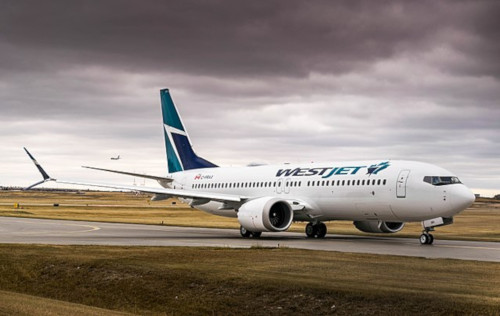SUBSCRIBE TO THE FREE NEWSLETTER
Cascadia Daily depends on your financial support
Thanks for signing up for the Pacific Northwest’s tastiest selection of news, culture, and thought-provoking writing. Each weekday, we hand-pick an assortment of stories relevant to life in the Cascadia region (encompassing Oregon, Washington, British Columbia, and parts of Idaho and Northern California). Every day you’ll find a selection of links to news stories, essays, fiction, poetry, and art — spanning the wide diversity of cultures and people in Cascadia.
We’re a reader-supported publication, and we depend on the generous financial support of readers like you. If you’re interested in helping Cascadia Daily and Cascadia Magazine publish great writing, please visit our donate page. You can donate at any level you’re comfortable with, and recurring donations are especially appreciated.
And if you’re already a supporting reader, thank you!
We’d love to hear your feedback about Cascadia Daily. Send us a note here.
Get Outside! Deas Island, BC
If you’re in the Vancouver area and want to get out for an easy hike, the network of trails on Deas Island in BC’s Fraser River Delta is a great place to recharge. In his latest Get Outside! column at Cascadia Magazine, hiking expert Craig Romano describes all there is to see, including historic sites, lovely forests of cottonwood and alder, and views toward the skyline of Burnaby. Find out more here.
Boeing’s new 737 MAX jets after the second crash in several months, attention shifts to the company, which has major manufacturing and design offices in the Seattle area. The Seattle Times talked to workers at Boeing’s Renton, WA plant, where the 737 MAX is manufactured and the company has ramped up production: “some said the accident has only added to the stress some workers already felt from working so much overtime.”
Debate heats up over Portland freeway expansion
OPB reports on the heated debate growing over plans by the Oregon Department of Transportation to add new lanes to the I-5 freeway running through Portland. ““Any expansion of capacity induces traffic,” says one opponent, “It invites more cars. And then you end up right back where you started.” Sightline Institute looks at decongestion pricing as an option to help reduce traffic.
“Bowl of Jello” effect in quake could be bad news for skyscrapers
Northwest News Network looks at a new report from the University of Washington that predicts skyscrapers in Seattle and elsewhere in Cascadia could be more at risk of collapse than previously thought in a magnitude 9 quake– due to the “bowl of Jello” effect in areas with lots of sediment.
How cannons can help Cascadia salmon
Amonrina Kingdon, writing for Hakai magazine, profiles the different ways “salmon cannons” are being employed in British Columbia’s Fraser River to help migrating salmon get past dams and other obstacles.
An interview with Lindy West about new TV show based on Shrill
Seattle writer Lindy West talks with Crosscut about the adaptation of her book Shrill into a fictional TV series set in Portland. Though it’s fiction, it shares much in common with her book of essays,–body positivity, the ordinariness of abortion, and tons of humor.
New fiction by Sharma Shields
At The Rumpus, read Spokane novelist Sharma Shields’ new short story, “In the Large Room Where Your Future is Kept.” As with most of Sharma’s fiction there’s a dose of surrealism, and the story deals with consumerism and the eternal anxiety of being a parent. “The smell of bottled shampoo was gentle all around her, as were the soft shuffling noises of people pushing carts to and fro, moving up and down the broad aisles like fish in a stream…” You can read Sharma’s essay “Great Grinning Things,” about living with MS, online at Cascadia Magazine.
That’s today’s assortment of news, arts & culture from across the Cascadia bioregion, written in the haze of an upper respiratory infection. Probably TMI, but if there are typos in today’s newsletter, blame it on that! ? –Andrew Engelson
Photo credits: 737 MAX courtesy of WestJet CC BY-SA 2.0

